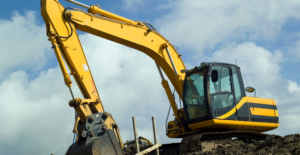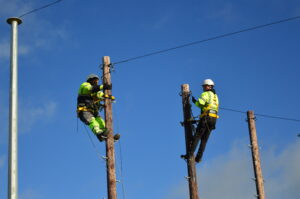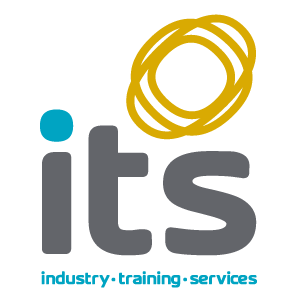Working Safely at Heights: Prioritising Safety and Compliance
Working at heights training is necessary in various industries, but comes with inherent risks. Falls from height are a leading cause of death and injury in the workplace, particularly in the construction and agricultural sectors. It’s vital to plan carefully, keep up to date with best practice guidance, and follow the rules – every time!
Risk Assessment and Planning: The Foundations of Safety
Before starting any work at height, it’s important to check for dangers and complete a risk assessment. This helps you see what could go wrong and identify the steps you can take to make the task safer. At Industry Training Services, we understand how important this is. Our working at heights training programmes provide you with the know-how to keep you and your co-workers safe when they need to work at height.
Height-Related Risks in the UK and Ireland
In the UK, 23% of workers who died on the job in 2020/21 fell from heights.
In Ireland, it was also a leading cause of workplace deaths in 2021, with11 fatalities from falls from height (Source: Health and Safety Authority).
Accidents also happen for other reasons e.g., equipment breaks, or bad weather makes activities more dangerous. Falling objects, structures breaking, and platforms being overloaded are other common dangers to be aware of. To avoid these terrible accidents, we need to focus on safety. This means training staff regularly, keeping equipment in good shape, and checking for risks before starting each work activity.
Following the laws and guidance in the UK and Ireland is important when there’s a need to work at heights. These laws tell us we must find and control risks, protect workers, and do things in the right way to keep everyone as safe as possible. When following the law, we increase the safety of workers and minimise the chances of an accident occurring. Compliance also avoids costly legal repercussions for the business.
Specialised Working at Heights Training: Purpose and Benefits
These training programmes are important for safe working at heights. They have two main jobs:
- Reducing Risks: These programmes teach people how to find and deal with dangers. This reduces the frequency of accidents happening.
- Following Rules: When we work at height, we must follow special safety rules. These training programmes make people aware of the rules and best practice guidance, so companies don’t get in trouble.
Participating in working at heights training makes work a safer place. It lowers the number of accidents, make workers feel more confident, leads to more efficient delivery of tasks, fulfils legal obligations, saves money, maintains company standards and reputation, helps with staff retention, and make companies more competitive.
At Industry Training Services we provide several working at heights training courses to improve worker safety. These include:
- IPAF Training (safe and effective use of powered access equipment)
- TETRA Training (ladder safety)
- PASMA Training (mobile access tower safety)
These working at heights training courses cover many different aspects and provide crucial insights, such as spotting dangers, understanding rules, learning how to use equipment safely, and what actions to take if someone falls. They also teach practical skills including how to check equipment before use. Upon completion, workers are better equipped to work safely at height.
It’s important that risk assessments are tailored to suit the place of work as different environments have different types of dangers and levels of risk. This helps workers plan and mitigate against relevant risks. Before you start work, talk about safety as a team, so everyone knows how to stay safe and look out for each other.
Keeping up to date with safety guidelines and undergoing regular training are vital for safe working at heights. These practices ensure that workers remain well-informed about evolving standards, new technologies, changing work environments, and retain essential safety skills.
When working at heights, make safety your top priority:
- Check for risks through thorough assessments.
- Follow the laws and codes of practice.
- Use the right equipment and checking it is in good working order.
- Talk clearly with your team.
For more information visit: Working At Height | ITS Health and Safety Training | BT62 (industrytrainingservices.com)
Contact Us:
Portadown HQ: 02838398700
Dublin HQ: 018916105




